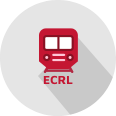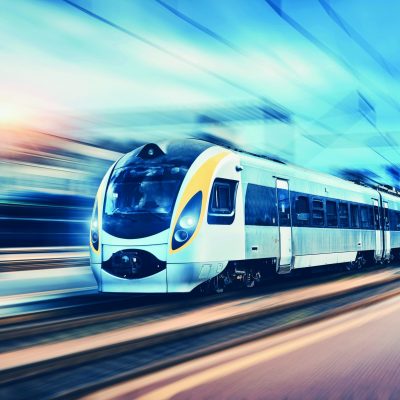This site
is mobile
responsive
Rail
The rail sub-sector involves rail design, manufacturing, assembly, and MRO activities. With over 30 businesses engaged in rail-related product activities and 40+ involved in MRO, it employs 25,000 and aims for 68,000 workers by 2030.
The Government envisions the Malaysian rail sub-sector to be a robust and sustainable industry by 2030, meeting national rail transportation demands and competing globally using indigenous resources and technologies. The Government supports these goals and aids local companies in advancing through technology transfers.
The COVID-19 pandemic and subsequent government measures undertaken had a significant impact on rail projects such as the East Coast Rail Link (ECRL), Mass Rapid Transit (MRT) and Light Rail Transit 3 (LRT3). The ECRL initiative is currently in its developmental phase.

The ECRL involves a 665km railway connecting Malaysia’s east and west coasts, passing through five states. It aims to enhance passenger and cargo transport efficiency, boost business productivity and generate new economic activities.

The LRT3 project is set to finish by March 2025, linking the Klang Valley’s West Corridor and Kuala Lumpur. The MRT Putrajaya Line is now fully operational, encompassing 36 stations, 57.7 km in length from Kwasa Damansara to Putrajaya Sentral, including nine underground stations.
The Malaysian Rail Supporting Industry Roadmap 2030, led by MiGHT, outlines Malaysia’s rail industry’s development till 2030, fostering a self-sustaining ecosystem through collaboration among stakeholders. It aims to boost supply chain, technology, and innovation, positioning Malaysia as a global rail player for economic growth and advancement.

